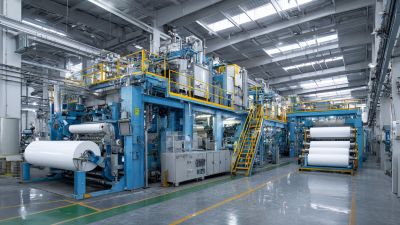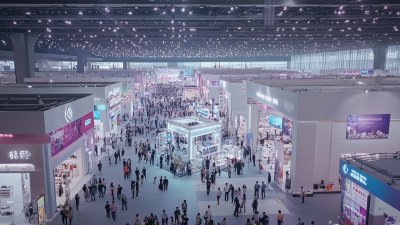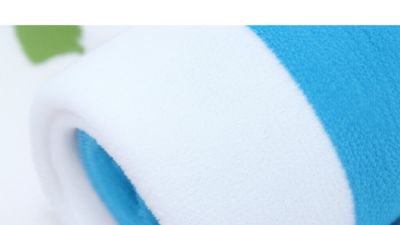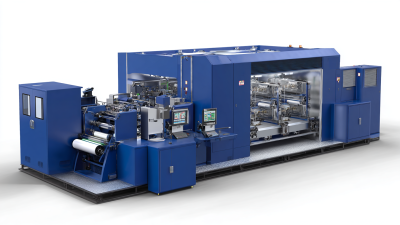Leave Your Message
The textile industry is undergoing a transformative phase, driven by the integration of advanced technologies and innovative production techniques. Among these pivotal innovations, Padding Machine Textiles have emerged as a significant game-changer. According to a recent report by Technavio, the global textile market is projected to grow by over $100 billion from 2021 to 2025, with a notable surge in demand for padding materials that cater to high-performance applications in sportswear and technical textiles. The adoption of advanced padding machines not only enhances efficiency but also improves product quality by providing consistent material thickness and optimized comfort for end-users. As manufacturers increasingly focus on sustainability and customization, the role of advanced padding technologies becomes pivotal in redefining production standards. Companies that harness these innovations stand to gain a competitive edge in a rapidly evolving marketplace, unlocking new potentials for fabric production in the years to come.
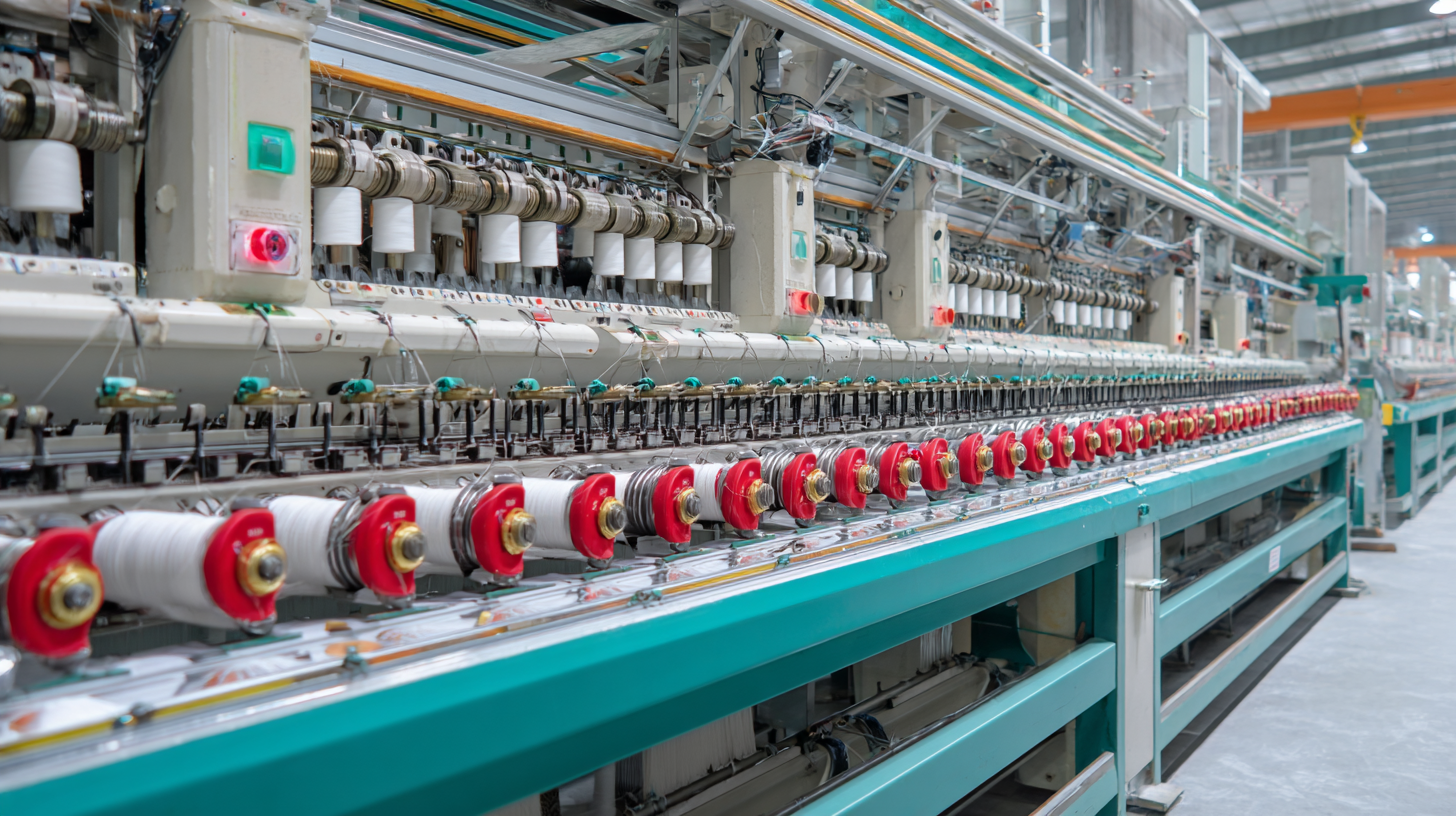
The textile industry is undergoing a significant transformation, driven by the integration of advanced padding machines into production lines. These machines play a pivotal role in enhancing efficiency, reducing waste, and improving quality in fabric manufacturing. By automating the padding process, manufacturers can achieve a more consistent application of materials, which leads to superior product outcomes. This technological advancement minimizes manual errors and significantly speeds up production cycles, allowing companies to meet growing consumer demands promptly.
Moreover, advanced padding machines support the use of innovative textiles that require precise application techniques. As designers and manufacturers seek to create more sophisticated fabrics with varying textures and functionalities, these machines enable greater versatility in the production process. The ability to quickly change settings for different materials not only facilitates creativity but also enhances sustainability by optimizing resource use. In essence, the implementation of these advanced machines represents a crucial step forward in revolutionizing textile manufacturing, positioning the industry for future growth and adaptability.
| Fabric Type | Production Speed (m/h) | Material Composition | Energy Consumption (kWh/m²) | Efficiency Rating (%) |
|---|---|---|---|---|
| Cotton Blend | 50 | 70% Cotton, 30% Polyester | 0.15 | 85 |
| Polyester Padding | 60 | 100% Polyester | 0.20 | 90 |
| Nylon Composite | 70 | 60% Nylon, 40% Cotton | 0.10 | 95 |
| Eco-Friendly Fabric | 55 | 100% Organic Cotton | 0.12 | 87 |
| Silk Blend | 40 | 50% Silk, 50% Polyester | 0.18 | 82 |
The integration of digital technologies into padding machine innovation is revolutionizing textile production. According to a report by MarketsandMarkets, the global smart textiles market is projected to reach $6.9 billion by 2024, with a significant contribution from advancements in padding machinery. These machines are increasingly equipped with IoT capabilities, enabling real-time monitoring and control of production processes, which enhances efficiency and consistency in fabric quality.
Furthermore, the implementation of artificial intelligence in padding machines allows for predictive maintenance, reducing downtime and operational costs. A study from the Textile Research Journal indicates that manufacturers who leverage AI can see up to a 30% decrease in maintenance expenses. Additionally, data analytics tools enable design personalization and rapid response to market trends, making production more agile. As textile companies embrace these digital advancements, we can expect a future where padding machines not only enhance productivity but also align with sustainable practices, catering to the growing demand for eco-friendly textiles.
The advanced padding machines are rapidly transforming the textile sector, and the market growth projections reflect this promising trend. By 2025, the global padding machine market is anticipated to reach approximately $267.5 million, demonstrating a robust growth trajectory. This can be attributed to increasing demand for high-quality textiles and the need for efficient production processes. Market analysts expect the demand for advanced machinery—capable of enhancing textile durability and performance—will propel substantial investments in technology and innovation within the industry.
Looking forward, the padded machine market is projected to expand significantly, climbing to about $398.33 million by 2033 at a compound annual growth rate (CAGR) of 5.1%. This growth forecast underlines the increasing importance of automation and precision in fabric production. As manufacturers aim to improve production efficiency and reduce labor costs, advancements in padding technology are set to play a crucial role in shaping the future landscape of textile manufacturing. By leveraging these innovative solutions, companies can not only meet consumer demands more effectively but also adapt to evolving market trends.
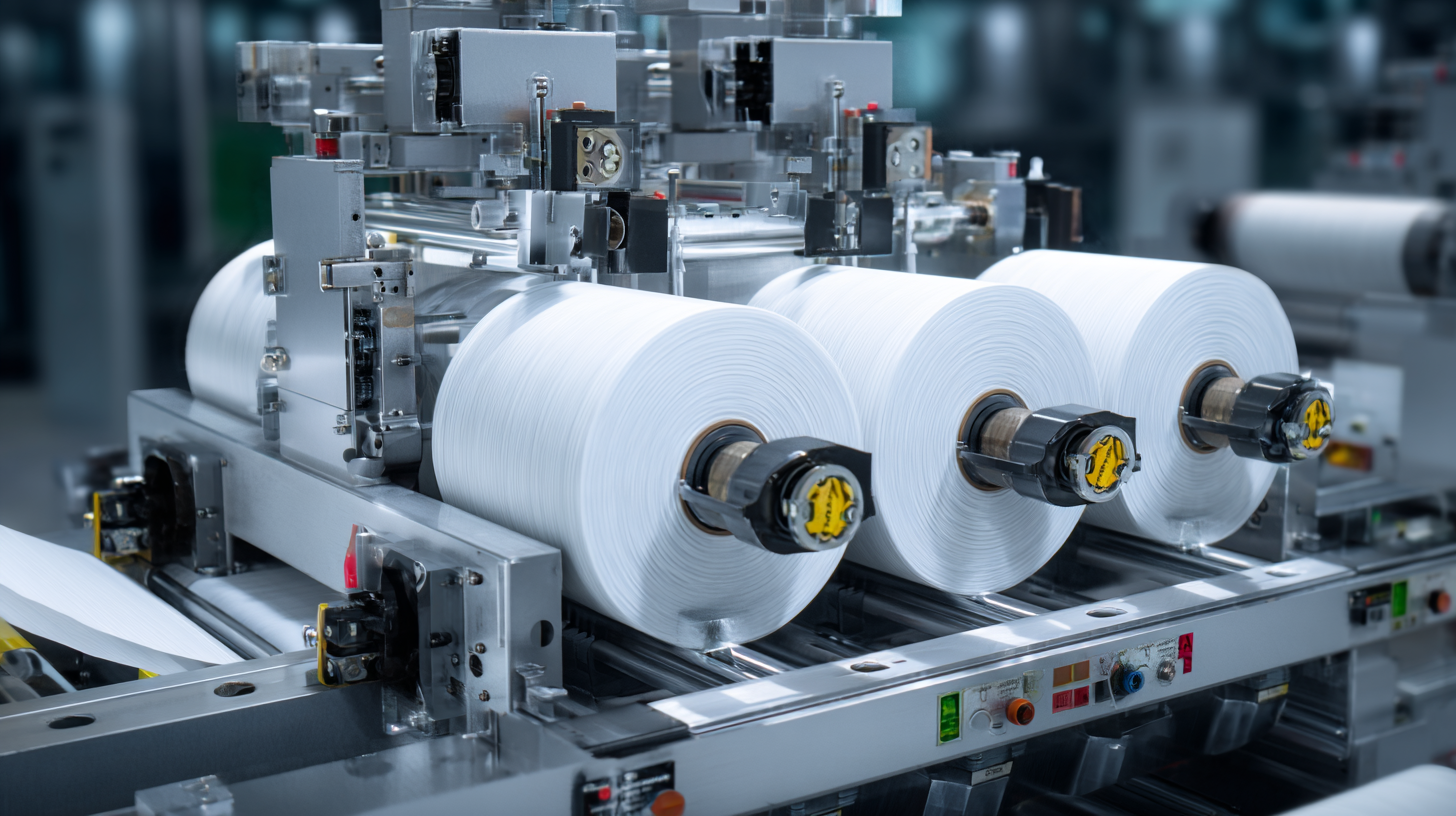
The textile industry faces increasing scrutiny over its environmental impact, prompting a shift towards sustainable production practices. Advanced padding machines are at the forefront of this transformation, offering innovative solutions that significantly reduce waste in fabric production. By employing cutting-edge technology, these machines optimize material usage, ensuring that every inch of fabric is utilized effectively. This not only minimizes off-cuts and excess material but also streamlines the overall manufacturing process, leading to enhanced efficiency.
Sustainability metrics are becoming crucial in evaluating manufacturing practices, and advanced padding machines excel in this regard. They often incorporate features such as automated cutting and precise material measurement, which contribute to reducing the carbon footprint associated with fabric production. Furthermore, the use of eco-friendly materials in conjunction with these machines can enhance sustainability efforts, allowing manufacturers to produce high-quality textiles while adhering to environmental standards. As the industry continues to evolve, the role of technology in fostering sustainable practices will be paramount.

The integration of AI and machine learning in advanced padding machine operations is transforming the fabric production landscape. As manufacturers seek to enhance quality control, AI technologies offer unprecedented opportunities for real-time monitoring and predictive analytics. By utilizing advanced algorithms, machines can learn from historical data and identify patterns that lead to defects, enabling operators to make informed decisions and streamline their processes.
Tips: To maximize the effectiveness of AI in your production line, start by investing in training programs for your staff. This ensures they are equipped to interpret data and utilize machine recommendations effectively. Additionally, consider implementing software-defined hardware to improve flexibility and efficiency in your operations.
The advancements in robotics also play a critical role in this transformation. Collaborative robots (cobots) are increasingly being used alongside AI to carry out various tasks in the production line, ranging from assembly to quality assurance. Their versatility not only boosts productivity but also allows for greater precision, which is essential for maintaining high standards in fabric production.
Tips: Regularly assess the integration of cobots in your workflow to optimize task allocation. This can lead to significant improvements in both output quality and operational efficiency, ultimately enhancing the competitive edge of fabric manufacturers in a rapidly evolving market.
